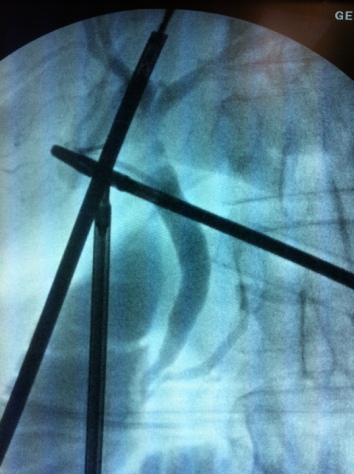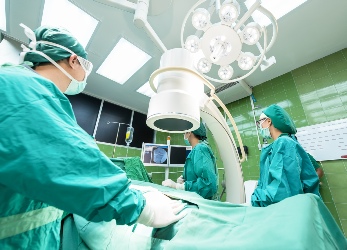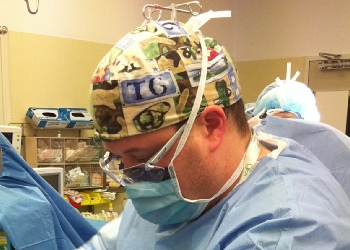
Mr Russell Hodgson

Copyright © 2017 Mr Russell Hodgson HPB and General Surgeon, Melbourne, Australia
Appointments/Enquiries: 9456 9511
Specialist HPB and General Surgeon

Gallstones are formed by a consolidation of substances within bile. By far and away the most common place for gallstones to form is in the gallbladder, which is situated just below the liver on the right hand side of the abdomen at about the level of the lower border of the ribcage. The gallbladder normally stores bile that is produced by the liver and drained through bile ducts. When you eat a meal, the gallbladder squeezes bile out into the bowel to help digest food.
Gallstones can form in anyone! They are known to be more prevalent in females, pregnancy and in those who have recently lost weight. The symptoms can be quite varied, but the most common symptom is pain on the right side of the abdomen, classically after meals. Symptoms can also include back pain, chest pain, nausea/vomiting, and bloating. Gallstones can also completely obstruct the gallbladder and cause infection (cholecystitis), or migrate and cause blockage or infection of the bile ducts (choledocholithiasis or cholangitis) and inflammation of the pancreas (pancreatitis).

A laparoscopic cholecystectomy is a keyhole operation to remove your gallbladder (and whatever is inside it!). You need a general anaesthetic for this operation as the abdomen needs to be completely relaxed. It is typically performed with 4 keyholes, 1 larger hole at the belly button and 3 smaller holes in the upper and right side of the abdomen. The gallbladder is freed from the liver and the bile duct and artery connecting the gallbladder are clipped. Russell routinely performs an X-ray of the bile ducts (a cholangiogram) to ensure no stones remain in the biliary system, and has a good success rate of removing them if they are there. The gallbladder is removed through the belly button keyhole port using a special bag. The gallbladder is then sent to the pathology lab. The keyholes are then repaired using dissolving sutures under the skin so there are no stitches that need removing.
Depending on several factors, including the time of day of the operation, some patients can go home the same day. It is an operation, so there will be some discomfort relating to the keyhole ports, but this is controlled with medication. Patients generally feel back to normal after a week, but it is usual to still be a little tired during the day and not quite have full concentration for up to 2 weeks after the surgery. Russell sees his patients at this point to ensure full recovery and that no further ongoing care is required. The gallbladder is a non-essential organ and there are very rarely any symptoms from its removal.

Gallstones that do not cause any symptoms may be left alone, but once they become symptomatic surgery is often warranted. The most common procedure is keyhole surgery to remove the gallbladder with the stones inside it (laparoscopic cholecystectomy). Russell performs a special X-ray of the bile ducts to ensure no stones have migrated into the bile ducts. As part of his HPB specialisation, Russell has developed several surgical techniques to remove stones that have migrated and has a good success rate in doing so. Stones that cannot be removed at surgery may need a second procedure to remove them.










